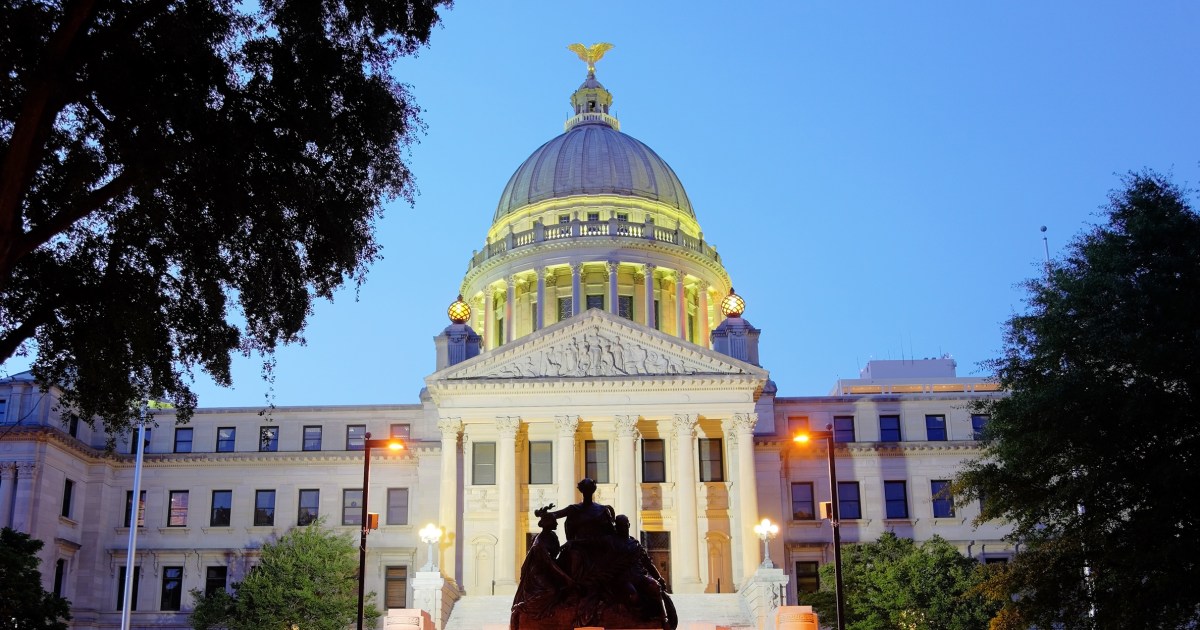The US job market is barely showing any signs of cooling off.
The unemployment rate is at its lowest in half a century and employment has been created for 28 consecutive months, without the rise in interest rates having prevented it.
Available jobs are down, layoffs are up slightly, but job creation has barely slowed, according to the latest statistics released by the Bureau of Labor Statistics.
In April, 253,000 jobs were created, more than in February or March.
The data somewhat complicates the Federal Reserve's plans to pause raising rates.
The unemployment rate stands at 3.4%, at levels close to full employment.
It equals that of January and is the minimum since 1969. Economists expected that it would be around 180,000 jobs in April and that the unemployment rate would be 3.6%, compared to 3.5% in March , when job creation slowed down somewhat.
Since March 2022, the unemployment rate has only fluctuated between 3.4% and 3.7%.
Reality has been exceeding forecasts for at least a year.
Employment continued to increase in professional and business services, health care, leisure and hospitality, and social assistance, according to the Labor Department.
In April, the median hourly wage for wage earners in the private nonfarm sector rose 16 cents, or 0.5%, to $33.36.
In the last 12 months, the median hourly wage has increased by 4.4%.
According to Federal Reserve Chairman Jerome Powell, reducing inflation is likely to require a period of below-trend growth and some cooling in labor market conditions.
In the press conference this Wednesday, after the tenth consecutive rise in interest rates, Powell conceded that "there are some signs that supply and demand in the labor market are rebalancing better."
The activity rate has risen in recent months, especially among people aged 25 to 54.
Nominal wage growth has shown some signs of moderation and job offers have declined so far this year, he explained.
But overall, the demand for labor is still far in excess of the supply of available workers, he added.
This Friday's figure reinforces those cautions.
Soft landing
The Federal Reserve is trying to restore price stability after inflation topped 9% in June last year, its highest in four decades.
In March it had fallen to 5%, after nine consecutive months of decline, but it is still well above the central bank's 2% target.
Powell is willing to contain prices even if it means causing a recession, but on Wednesday he indicated that he is still confident in his chances of achieving the long-awaited soft landing: "It seems to me that we may continue to have a cooldown in the labor market without having the big unemployment increases that have accompanied many previous episodes.
That would go against history.
I understand perfectly.
That would go against the pattern,” he admitted, referring to the fact that such aggressive rate hikes often leave a high bill in terms of unemployment.
“We've raised rates five percentage points in 14 months, and the unemployment rate is 3.5%, pretty much where it was, even lower than when we started,” he said.
“I think avoiding a recession is, in my opinion, more likely than having a recession.
But I also do not rule out the case of having a recession.
We may have what I hope will be a mild recession,” he argued.
Powell hinted on Wednesday that the Federal Reserve could take a pause in raising rates after the 0.25 percentage point rate approved at the last meeting.
He affirmed, however, that he would depend on the data that is published before the next meeting of the monetary policy committee, for June 13 and 14.
The data known today complicates the work of the central bank.
If the labor market does not cool down, the pause in rate hikes may be delayed or high rates may stay longer.
[Breaking news.
There will be expansion soon]
Follow all the information on
Economy
and
Business
on
and
, or in our
weekly newsletter




/cloudfront-eu-central-1.images.arcpublishing.com/prisa/JHLX47SHC5CTZBAKK7AZFYX7WY.jpg)




